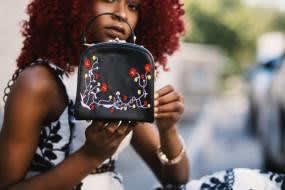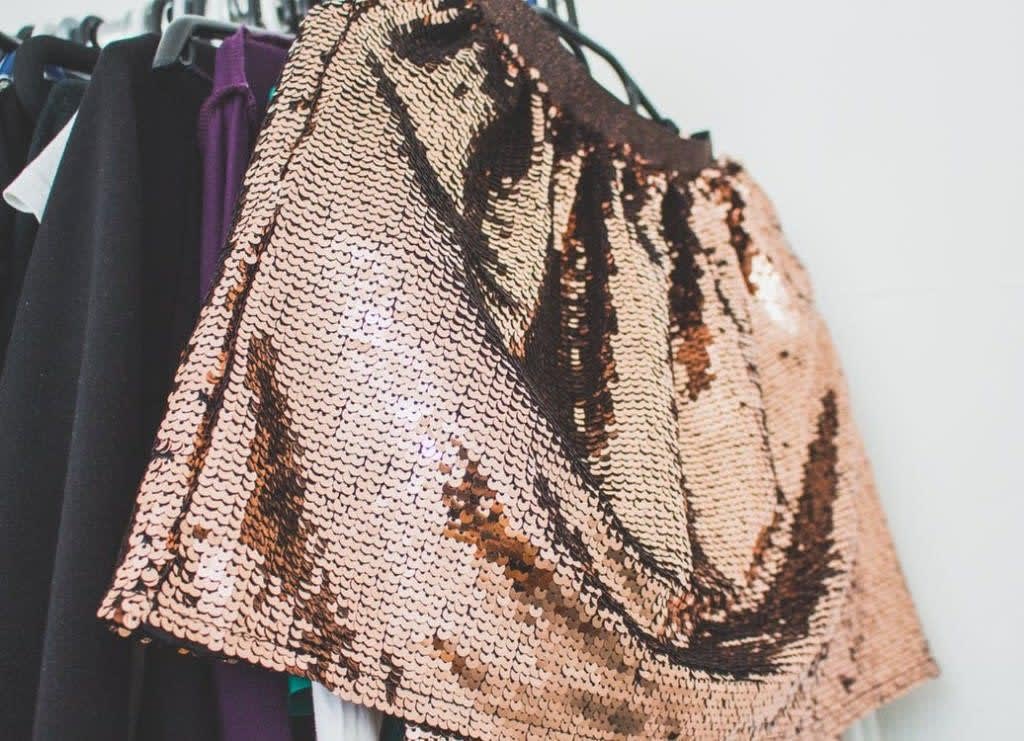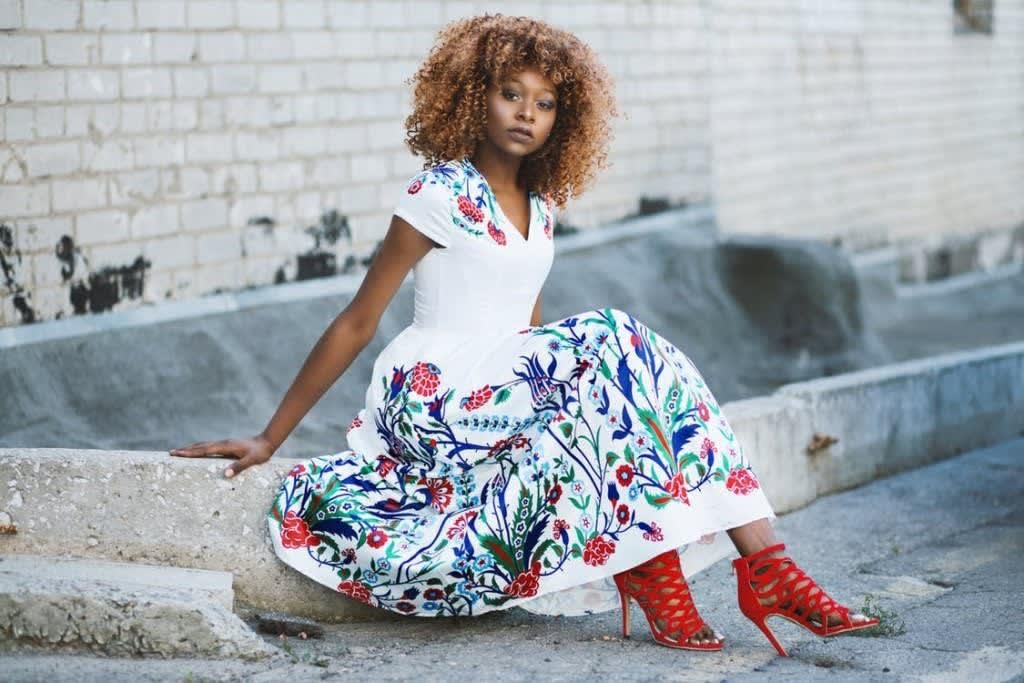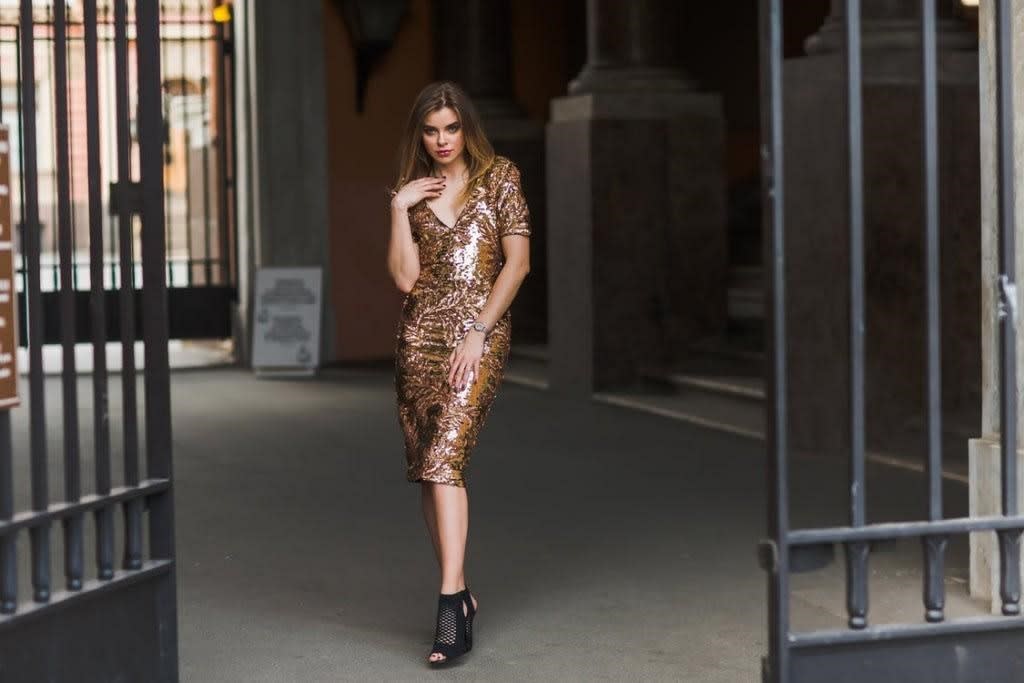Surface ornamentation adds immense beauty and enhances the look of a garment. The main idea of fabric decoration is to add an element of interest. The most common materials used for surface ornamentation are mirrors, beads, sequins, threads, wires, buttons, etc.
Surface ornamentation is a skill. It has been practiced in India since centuries. Every region in India is known for its own style of surface ornamentation. For example, Gujarat and Rajasthan are known for mirror work, Punjab is known for phulkari embroidery and so on.
Some surface ornamentation techniques that you could try at home:
- Applique : This technique is all about cutting pieces of fabric or material in the shapes that you want and stitching them onto a piece of fabric to create a 3D effect. It is usually done using a hand stitch as it’s easier to work around intricate designs.
- Embroidery work is one of the most commonly found surface ornamentation techniques. There are many different types of both hand and machine-embroidered that are easy to try at home. For example : Kantha embroidery, different stitches like herringbone,cross stitch etc.
Learning surface ornamentation techniques in a fashion design course can help you create exquisite designs. It is one of the best ways to express your love for art.
In this article let us understand the different types of surface ornamentation and surface embellishment.

Embellishment on Textile
When one goes back in history, one can actually trace the existence of surface ornamentation through the clothing and apparel of the people during that era. Articles of daily use such as bed covers, table cloth, jewellery box, footwear, etc. were embellished with precious stones and thread work.
The kings, queens and other people from the royal family dressed in heavy garments with elaborate surface embellishment. Garments that were embellished with precious stones and metals were a status symbol.
Techniques of Embellishing on Garments:
A few textile surface embellishing techniques are briefly discussed inwards below:
Embroidery
Embellishing fabrics amongst stitches inwards yarn or thread, using a needle, is 1 of the oldest forms of art. While the library of embroidery includes hundreds of varieties of stitches, they tin dismiss live categorised broadly into 4 principal techniques.
Trimming
Two types of trimmings are virtually popularly applied on textile or garments for decoration. Such as:
- Fringe trim: Fringe is an ornamental textile trim, applied to a border of an item, such as every bit drapery, clothing ends, a flag, epaulettes or decorative tassel, etc.
- Sewing trim: sewing Trim or trimming inwards in addition to abode decorating is applied to ornament or Embellishing fabrics such as gimp, ribbon, ruffles, button, bias tape, etc.
Piping
Piping is a type of cut back or embellishment, which is used to embellish fabrics for making dissimilar mode lines. Usually the textile strip is cutting on the bias, in addition to oftentimes it is folded over a cord.
Lacework
Lace is an openwork fabric, patterned amongst opened upward holes inwards the work, made by the pastime machine or pastimes hand. Lace is about other Embellishing items on fabric. It is the rattling mutual in addition to ancient arts and crafts to Embellishing fabrics.
Beads
Beads are other types of embellishment. Beadwork is made by needle in addition to thread to stitch beads to Embellishing fabrics, suede or leather. If you are one of those who admires embellished artwork and would like to learn it as well, you can join a fashion design institute. A design institute is an ideal place to hone your skills. You will get to learn a lot of new surface ornamentation techniques and try out different types of surface embellishment through your work

Surface Ornamentation on Decorative Art
Surface ornamentation adds immense beauty and enhances the look of a garment. The main idea of fabric decoration is to add an element of interest. The most common materials used for surface ornamentation are mirrors, beads, sequins, threads, wires, buttons, etc.
Various types of embellishment techniques and styles were used to get wonderful results. Techniques such as embossing, cut-outs in lace, etc. were the highlight of a garment. The most common motifs used in surface ornamentation were peacock, elephants, birds, flowers and abstract designs.
Surface embellishment was not limited to only fabrics, it was done on the surface of leather, wood, metal, glass, etc. With every generation devoted to the art of embellishment, it only got better.

Types of Fabrics for Surface Ornamentation
Velvet, silk, satin, georgette, chiffon, etc. were some of the most common fabrics used for surface ornamentation. Beads, pipes, nd
Ari and zardosi work with gold, silver and copper threads to give a rich look to the garment. Mostly the necklines, hemline and sleeves were highlighted with decorative work.
In a subject such as fashion design, understanding the nature of the fabric is very important. This ultimately decides what kind of surface ornamentation technique suits best.

Inspiration
Often monuments, paintings and artwork have served as sources of inspiration for designers. The use of metals, gems, embroidery, etc. is what makes every garment exquisite and gorgeous. Many times, designers have taken inspiration from their everyday life to create unique designs. You can incorporate different surface ornamentation techniques to achieve the outcome you are looking for.

Fashion Designers
On a national level, designers like Sabyasachi Mukherjee, Neeta Lulla, etc. and on an international level, Alexander McQueen, Peter Pilotto, Roberto Cavalli, etc. use lots of surface ornamentation.
Surface ornamentation will continue to be the highlight of every garment. Surface Embellishments on garments and apparels will never go out of fashion. So, take inspiration and keep designing!
There might be many designs out there, but if they aren’t what you like then it doesn’t matter. If designing excites you and you would love to custom make your clothing then joining a fashion design course will be the best place to start. You will not just learn how to make skirts but a lot of other garment designs too.
And since there is so much to learn to become a professional in this field, it is important that you choose a college and a course. Hamstech, with its experience of over 29 years in the field of creative education, is known as one of the best fashion designing colleges in India. With our curated textile designing courses, you will learn to create stylish dresses, crop-tops, jackets, skirts, anarkalis, lehengas, sarees and so much more. Our Fashion Design courses are perfect for beginners and those who want to improve their sketching, designing or stitching abilities.
These courses are well recognised in the fashion industry and will provide you with an enriching learning experience. Join 6 different Hamstech’s Fashion Design courses in Hyderabad and learn to create unique dresses. Enroll now!

